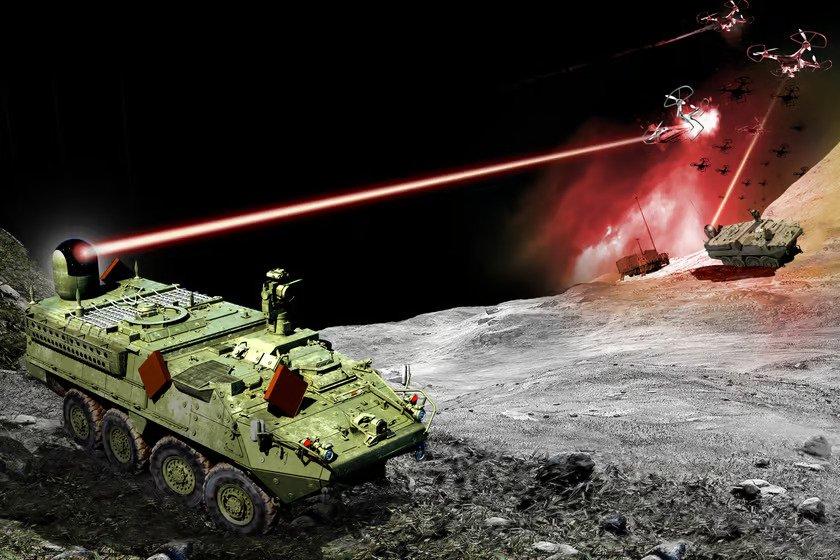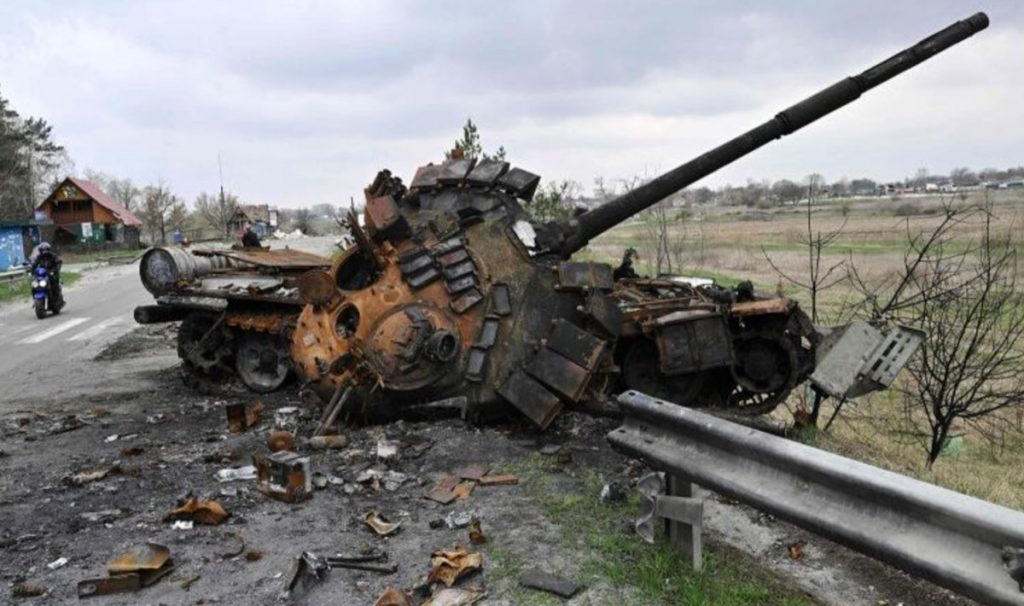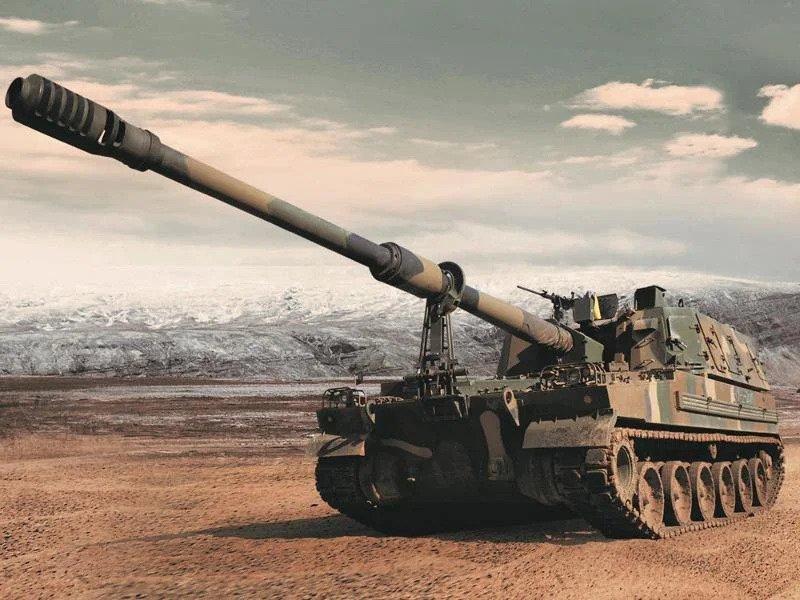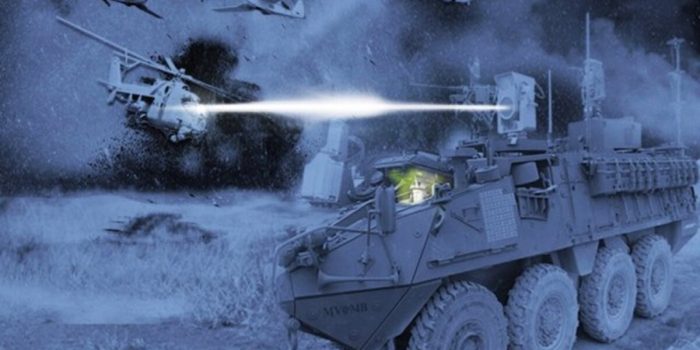Australia has recently entered the competition to create a practical high-energy laser weapon, allocating AU$ 12.9 million (US$8.74 million) to QinetiQ Australia for the development of a unique prototype. Their objective is to construct a laser capable of neutralizing main battle tanks.
High-energy lasers are supposedly one of the most promising emerging technologies by military strategists which can be compared to the invention of gunpowder, such is its importance.
The concept of a weapon that can engage multiple targets at the speed of light, with each shot costing a mere dollar, is highly appealing. It is not difficult to see it as a potential solution to counter drones, missiles, hypersonic weapons, and other threats.
This characteristic significantly reduces the requirement for stockpiling ammunition and supply lines. What sets Australia’s laser program apart is the explicit mention in the 2020 Force Structure Plan by the Ministry of Defence that the laser should have the capacity to engage armored vehicles, including main battle tanks. The aim of this new laser weapon is to enhance the resilience of land forces by capitalizing on the self-contained nature of lasers and their reliance on electricity as ammunition.

The Australian Ministry of Defence, in collaboration with the Defence Science and Technology Group (DSTG) in South Australia, has taken this endeavor to a new level by awarding the QinetiQ contract to develop a prototype laser weapon.
Engaging a massive armored behemoth weighing over 70 tonnes is undoubtedly an ambitious goal at this stage. Currently, Lockheed Martin possesses the world’s most powerful laser weapon, generating a 300 kW beam capable of neutralizing a wide range of threats. However, drones, missiles, mortar shells, and aircraft lack armor, making them vulnerable to the penetrating power of high-energy lasers.
In contrast, main battle tanks are equipped with sophisticated armor plating. NATO tanks, for instance, utilize variations of Chobham armor. The precise details of this armor are highly classified, but it comprises a combination of steel alloy, composites, and ceramics, with rumors suggesting the inclusion of layers of depleted uranium.

Consequently, this armor provides exceptional resistance against blast, heat, kinetic impact, and penetrating rounds. Moreover, it is thick and substantial. Therefore, although a laser theoretically has the potential to penetrate such protection, achieving this under battlefield conditions would be a slow and challenging process at best.
The difficult part is that such a type of tank laser would need to deliver an immense amount of energy to a single spot on armor capable of absorbing and dissipating substantial heat. Therefore, a laser system would have to operate at an exceptionally high speed which requires the development of a solid-state laser surpassing the capabilities of any existing models.

Furthermore, a more powerful laser would require upgrades to the entire weapon system, including the power supply, doped fiber optic coils responsible for generating the laser, focusing lenses, targeting systems, beam compensators, and other components.
Hence, it comes as no surprise that Australia is not solely investing in a laser but also establishing an entire manufacturing facility to support this ambitious project.
“DSTG is partnering with industry to build advanced and competitive Australian sovereign capabilities for our Defence Force in critical technology areas,” said Chief Defence Scientist, Professor Tanya Monro AC. “The high energy laser manufacturing capability is an example of how we can work with industry to support emerging and disruptive technologies.”


